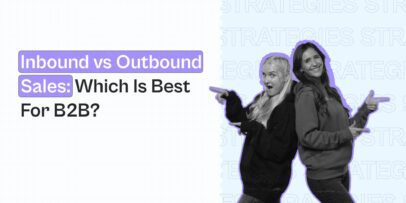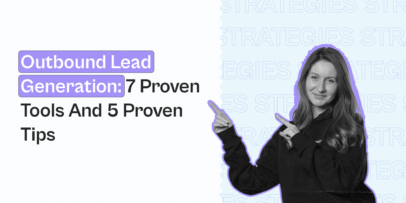What Is Outreach Marketing and Why Do You Need It?
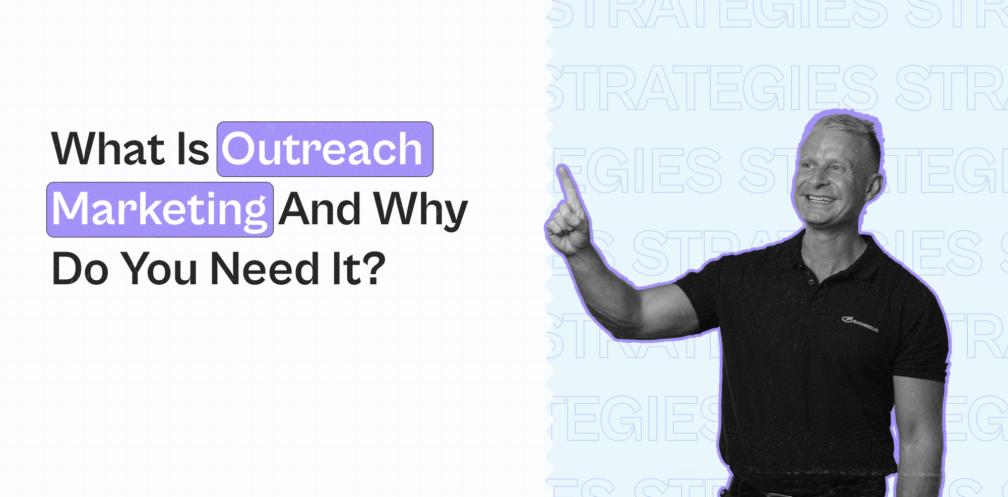
Growing a business is not easy.
And if you’re a small business trying to get your name out in your industry, you might as well be playing on hard mode.
Fortunately, this is where outreach marketing comes to your rescue!
What is outreach marketing?
Simply put, it’s a marketing strategy that focuses on pitching your business solution to individuals or organizations that may be interested in it.
It helps increase brand awareness, builds relationships, and ideally, lands you new clients who want to purchase your services or business solution.
But the truth is, outreach marketing can have a lot of different goals and be based on different strategies, such as:
- Promoting your content or case studies that showcase your expertise and achievements.
- Directly promoting your products or services in front of the right people.
- LinkedIn lead generation and strong relationship building.
- Gathering data and networking.
- Boosting customer retention.
- And so much more.
As opposed to your clients or potential leads coming to you (inbound marketing), outreach marketing (or outbound) usually involves you making the first step to contact your target audience.
As you might have guessed, which can involve a lot of different marketing strategies and campaigns.
But don’t worry, by the end of this guide, you’ll have a much better idea of how to launch your first outreach marketing strategy, its benefits, which marketing channels to focus on (with examples), and more.
Here’s what we’ll cover:
- What Is Outreach Marketing?
- How to Make Outreach Marketing Work And Grow Your Business (On LinkedIn, Email, and More)
- Other Outreach Tactics to Consider As Part Of Your Marketing Strategy
PS – We’re constantly sharing the latest marketing strategies and showcasing successful outreach templates in our private Facebook group called The LinkedIn Outreach Family, be sure to join and say ‘hi’!
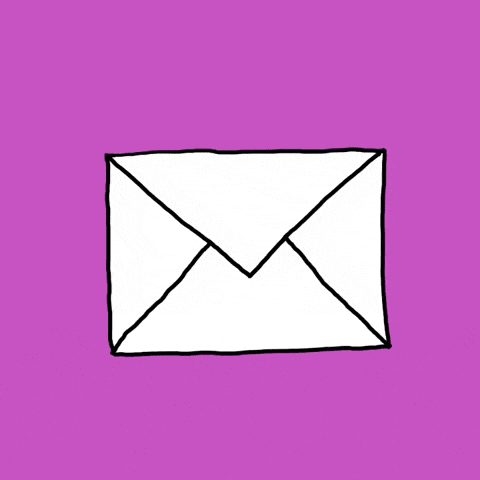
Now, let’s get started!
What Is Outreach Marketing?
We briefly explained this above… But it’s not exactly that simple.
One vital part of outreach marketing is searching for specific individuals and organizations interested in your business solution.
You then go to channels they’re in and try to get in front of them (via email, LinkedIn, etc.) to pitch your business solution.
The process might go something like this:
- You first define your ideal customer persona (ICP). Ideally, the more specific, the better. So, instead of a marketing agency owner, your ICP could be a B2B SaaS marketing agency that doesn’t have a systematic approach to grow predictably through organic marketing.
- Then, you find their email address or point of contact to prepare for outreach. With the right email marketing tool, you can create an outreach campaign with multiple recipients receiving a somewhat modified outreach message (we’ll teach you how to craft the perfect outreach cold email template below).
- Finally, you can set up different marketing flows depending on specific actions or indicators. For example, you can set it up so if a lead hasn’t replied in 5 days, they will receive an automated email follow-up.
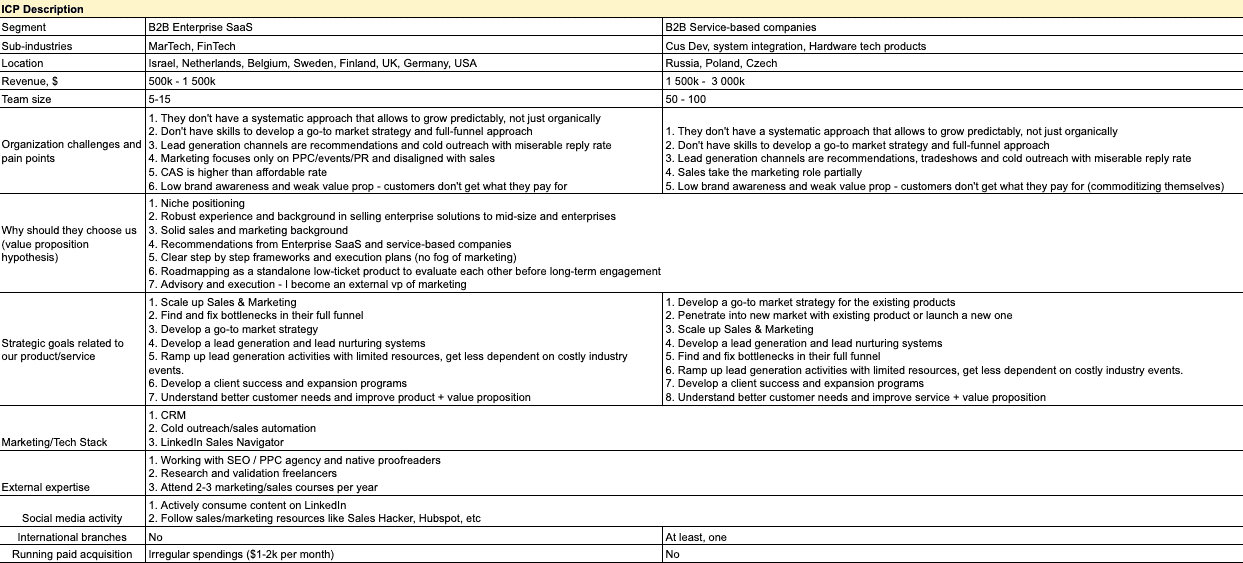
That is the simplified version of what a potential outreach marketing strategy might look like.
It’s hard to generalize outreach because it’s usually different for all businesses and organizations.
But the main point still stays:
In outreach marketing, the important distinction is that it’s you reaching out to your target audience instead of them coming to you.
Why is that such a good thing?
Let’s take a look at some benefits and examples of outreach campaigns.
Benefits of outreach marketing campaigns
Outreach marketing is one of the essential parts of any marketing or sales strategy because of the benefits we’re about to cover below.
Outreach marketing can yield immediate results.
Let’s compare outreach marketing to inbound marketing for a second.
One of the main things outreach marketing has going for is that this marketing strategy is actionable and direct.
If you’re a new marketing agency (for example), spending a lot of time writing content and waiting 3-6 months for SEO is probably too time-consuming and not actionable enough.
You need results now, and you want to get out there, engaging your target audience immediately.
If you’re targeting the right people with the right products or services, you’re more likely to get them to take action and make a purchase. Compared to hoping they’ll find you in a sea of other businesses.
Outreach marketing is easy to measure through digital marketing software.
Let’s say you just launched an email outreach campaign.
The good news is that you get immediate access to data and numbers that can give you actionable results straightaway.
There are certain email marketing KPIs you gain access to in any outreach software that tells you how your campaigns performed based on real data.
For example, did your email outreach campaign receive low open rates and a high bounce rate?
Simple solution: All you have to do is tweak the subject line and invest in an email verifier tool that tells you if emails in your spreadsheet are correct or not.
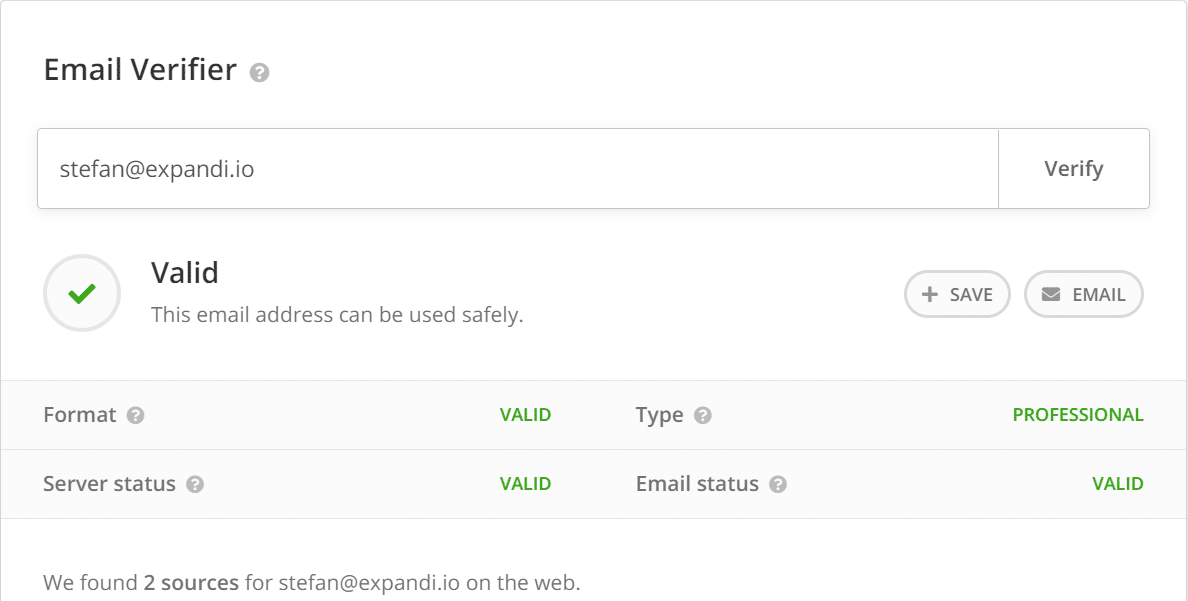
Outreach marketing is a personalized approach.
This is something we’re a huge advocate of ourselves.
If you want your email campaigns to be successful, you need to be personalizing them!
Sometimes, I still receive emails (and LinkedIn messages) that put no marketing effort into personalization beyond my name and company name.
It just tells me they didn’t bother to look up what I do, and if I accept, they will jump into a sales pitch about themselves every time—which is why I never accept messages like this.

If you’re wondering how to start your email, outreach marketing is the perfect channel to use personalization.
It might be a bit time-consuming, but it will pay off greatly.
The idea is to mention something so specific to the person you’re reaching out to that it wouldn’t apply to anyone else.
For example, let’s try to fix the above message as a cold outreach email:
“Hey Stefan,
Saw your webinar with Ian Naylor on using hyper-personalized GIFs in your LinkedIn messaging outreach. Great job on achieving a 55% reply rate. I’ll be sure to adapt that in my own outreach campaigns from now!
Speaking of outreach, me and my team have been developing an internal dashboard monitoring tool. It lets you track marketing performance in one easy-to-understand dashboard that’s accessible from everywhere.
It’s like Databox – but cheaper and with more options for custom reportings, monitoring trends, and actionable insights.
Glad to demo this on a quick, 5-minute call this Thursday.
What do you think?
Here’s my calendar but glad to answer any questions here too!
[URL]”
Not bad, right?
This is something I’d actually reply to! If not, book a demo immediately.
Here’s what makes this outreach message so effective:
- Precise personalization that wouldn’t work for any other person in the world.
- Apparent reason and effective transition from the personalization. Short and straight to the point.
- A name-dropping marketing tool that makes sense I’d be familiar with, as a CEO of a marketing SaaS.
- Clear call-to-action over a 5-minute call, in which I’d know what to expect going in. I wouldn’t get on a random, 30-minute call with an absolute stranger!
- Open-ended final line, with room to ask questions first.
Wondering how to craft effective outreach messages like this consistently, regardless of your outreach platform or target audience?
Let’s take a look.
How to Grow Your Business With The Right Outreach Marketing Strategy (On LinkedIn, Email, and More)
The above was only one example of a successful cold outreach message.
Let’s look at some other best practices and examples of what you can include in your outreach messages to convert leads.
First, however, it’s worth mentioning that your outreach messages will vary based on your target audience, your marketing strategy objective, and more.
So, as a rule of thumb, it’s a good idea to make your outreach marketing customer-centric.
Make it about them, use more “you” than “I,” and give them a clear benefit or reason as to why they should work with you.
According to Backlinko, the vast majority of outreach messages are ignored. And only 8.5% of outreach emails receive a response.

Here’s how to make sure your emails aren’t ignored and receive a reply each time.
To make things easier, let’s break this down into the steps we outlined above:
- Where to find the right target audience (ideal customer persona).
- How to prepare for outreach (finding the contact info and setting up an outreach marketing campaign).
- Writing your outreach templates and flows.
1. Where to find your target audience
This is one of the most critical steps of any outreach marketing strategy.
If your cold message is perfect, but you’re NOT targeting the right audience – then, well, your campaign won’t be very successful.
So, where do you find the right group of people to reach out to in your campaign?
Well, this is where knowing your ideal customer persona comes in, as you should have a firm idea of where they hang out at this point if you’re doing outreach.
But to save you some time, if you work in B2B marketing, tech, or other online industries, LinkedIn is one of the best marketing channels for you!
Though, other channels might also include:
- G2 for business software and service companies.
- AngelList for funded startups, angel investors, remote companies, and more.
- Crunchbase for innovative private and public companies, from early-stage startups to the Fortune 1000.
- Other social media platforms like Facebook, Quora, Twitter, and more.
But once again, LinkedIn is usually the go-to channel for B2B marketers and business owners to find leads.
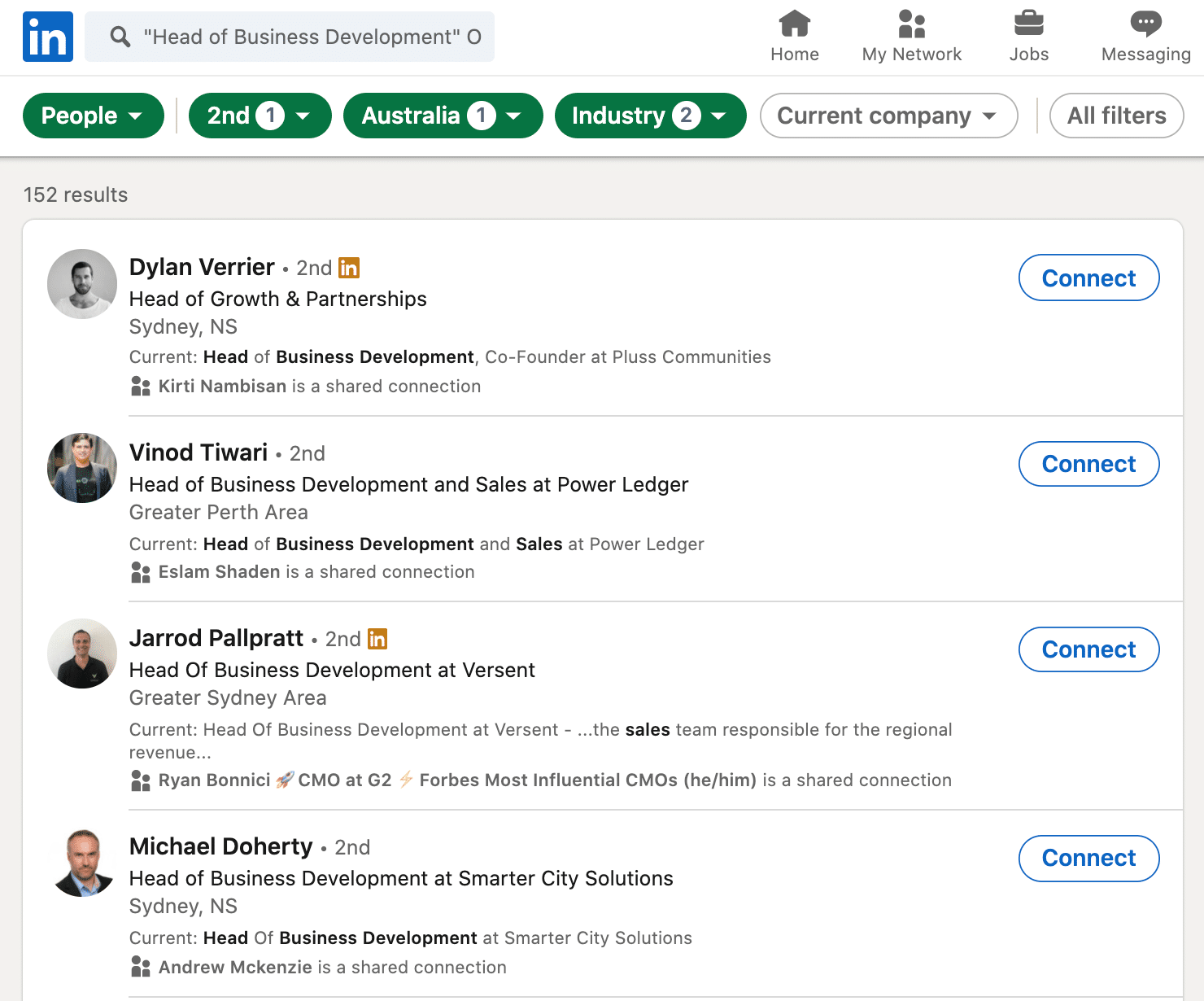
You can filter for industries, positions, location, and more.
Or, you can run even more advanced searches with LinkedIn Sales Navigator.
2. How to prepare and set up your outreach marketing campaign
If you’re running an email marketing campaign with the purpose of lead generation, the process might go something like this:
- Compile a list of leads from LinkedIn or other channels with a marketing automation tool in a spreadsheet with their first name, email address, company name and info, and a separate line for personalization.
- Validate and verify your list of leads and contact info.
- Write a cold message template that would work for most of your target audience (e.g., focusing on the same pain points and industry info) and use personalization tags.
- Review outreach analytics and data, gather feedback, and A/B test different outreach variables for your next campaign.

The above process works for email as well as LinkedIn.
And if you use tools like Expandi for your LinkedIn outreach, the last step is done-for-you as you get access to instant metrics that are understandable at a glance to see how your campaigns performed.
Down to the specific numbers like how many leads connected with you, replied, and so on.
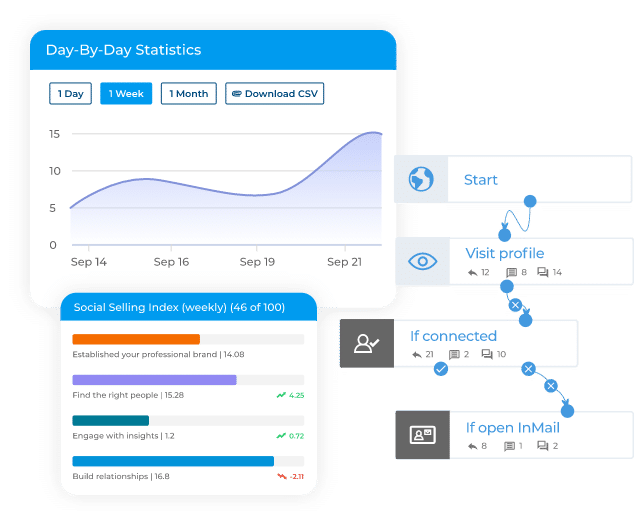
Of course, LinkedIn is only one potential marketing channel for your campaigns.
Be sure to explore some other B2B prospecting methods too!
3. Writing an outreach cold message that gets responses
We briefly covered what you should include in your cold messages above, and once again, this will vary based on your precise objectives.
But for the sake of lead generation, one way to structure your outreach messages might look something like this:
“Hey {first_name},
(Personalized first line).
(Introduction).
(1-2 sentence case study).
(Call to action).”
The best part about this simple template is that it can be adjusted for just about any industry.
Let’s take a look at another example of a cold outreach message that follows this template:
“Hey David,
Amazing work with using fashion as a force for good! Donating 1,500,000+ pairs of reading glasses to individuals in need is a huge achievement.
I’m just reaching out because we recently helped an eCommerce company like yours generate over $210K+ in just one week through sophisticated Klaviyo flows and segmentation that we came up with on our own – through years of experience.
Does that sound interesting enough to warrant a quick, 10-minute discovery call sometime next week?
Let me know what you think!”
Not sure where to look for information for your personalized email?
Look into things like your lead’s podcast, LinkedIn posts, website “about us,” news or PR articles, and more.
Other Marketing Tactics to Consider As Part Of Your Outreach Campaign Strategy
So far, we’ve covered the ins and outs of outreach marketing with email and LinkedIn.
If you’re serious about lead generation and outreach, this is only the tip of the iceberg.
But before we sum up, it’s worth mentioning that there are also different outreach marketing tactics and campaigns that can be just as effective.
For example, you can also look into cold calling and omnichannel outreach to reach your target audience on multiple marketing channels (e.g., on LinkedIn AND email).
If you’re reaching only a handful of people, you could manually send an email and then follow up on LinkedIn a few days after.
But if you’re reaching upwards of 1,000+ leads, this might get increasingly challenging…
Unless you’re using automation tools like Expandi!
Through this tool, it is now possible to reach your leads on multiple channels with a fully automated outreach marketing campaign. Based on simple actions and conditions smart flows.
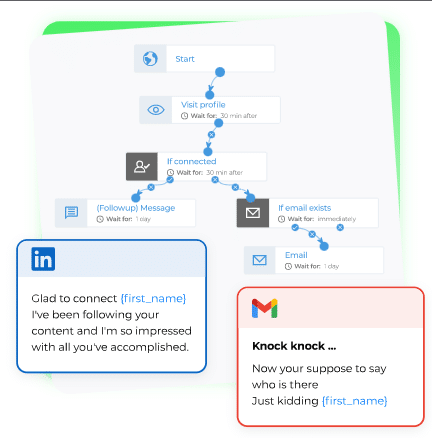
Wondering how to set up and run your own omnichannel outreach campaigns to stay ahead of your competitors and engage with your leads on all channels?
Be sure to check out our complete guide to creating an omnichannel customer experience to see how we’ve managed to skyrocket our reply rates to as high as up to 55% and humanize our outreach with dynamic GIFs.
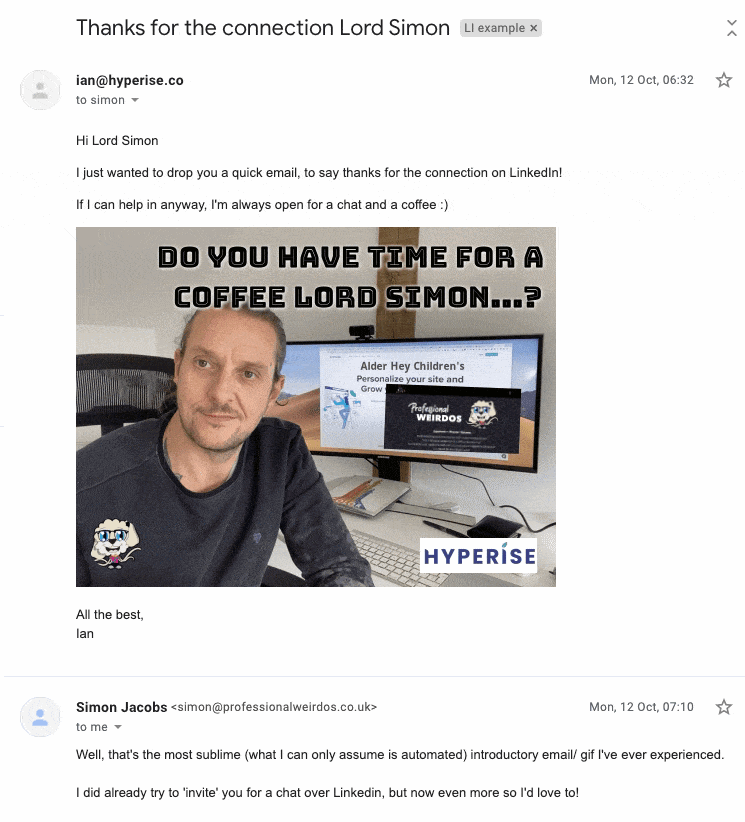
Outreach marketing (email as well as LinkedIn) is changing. Don’t get left behind!
Conclusion
Now, we can finally sum up.
To do that, let’s go over some of the most frequently asked questions on outreach marketing:
- What are outreach strategies?
Outreach strategies are a form of marketing with the primary goal of attracting new customers or clients. Unlike inbound marketing, the purpose of most outreach is to get in front of your ideal customers yourself and sell your services through LinkedIn or email.
- Is outreach marketing paid?
Outreach marketing is different from running paid ads. However, you need to invest in your outreach as part of your overall strategies. It’s paid in the sense that you need to cover the expenses of email software, verifying your contact info, and the overall monthly subscription.
- What are examples of outreach?
The most obvious example of outreach marketing is lead generation through LinkedIn or email. But those are not the only methods. Other options might include:
- Reaching out to the right influencer and business owners on Twitter.
- Doing email outreach to gain SEO backlinks or build relationships.
- Using LinkedIn to connect with other professionals and study your target audience.
- And more.
Hope this guide to outreach marketing helped!
If you’re looking for even more info on outreach marketing strategies and templates to copy, be sure to join our private Facebook group—The LinkedIn Outreach Family.
And if you’re ready to launch your own outreach campaign, be sure to sign up for a free live demo or get started with a free, 7-day Expandi trial to automate your sales outreach now!
You’ve made it all the way down here, take the final step

